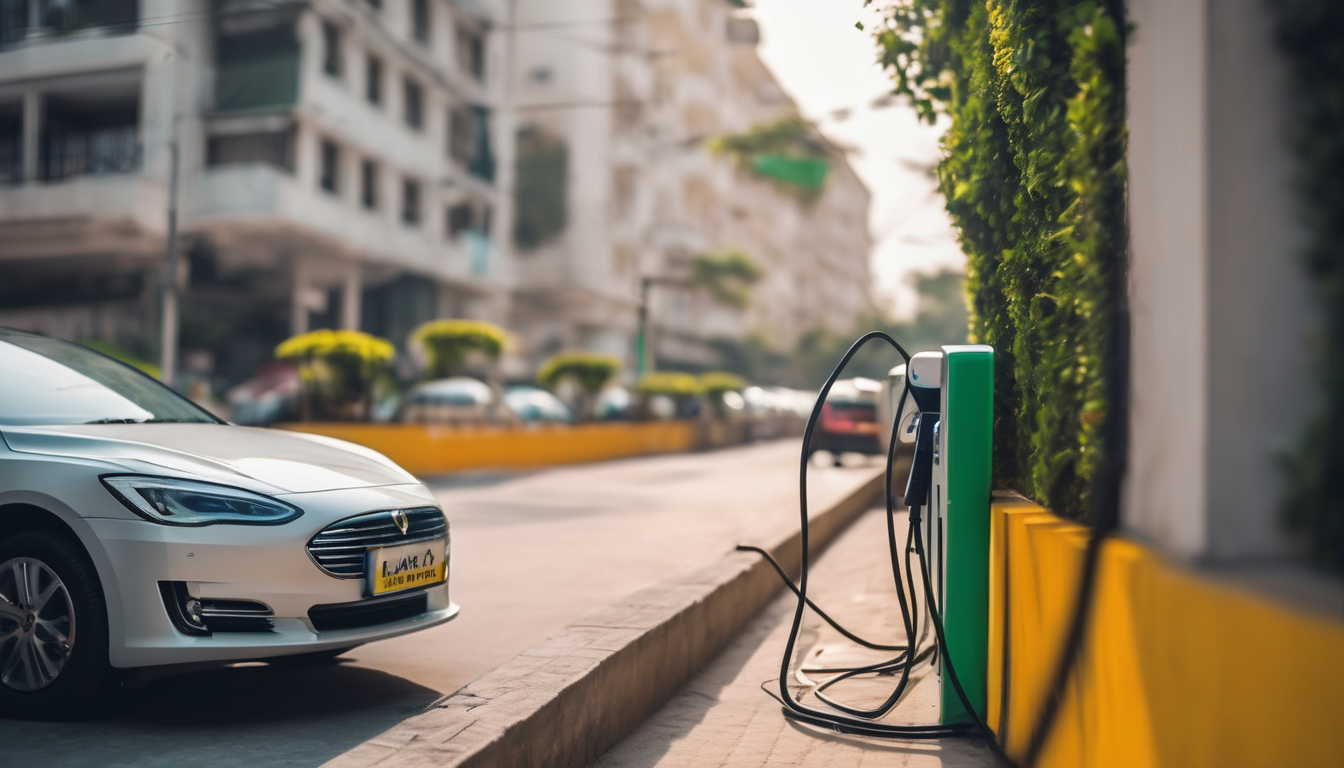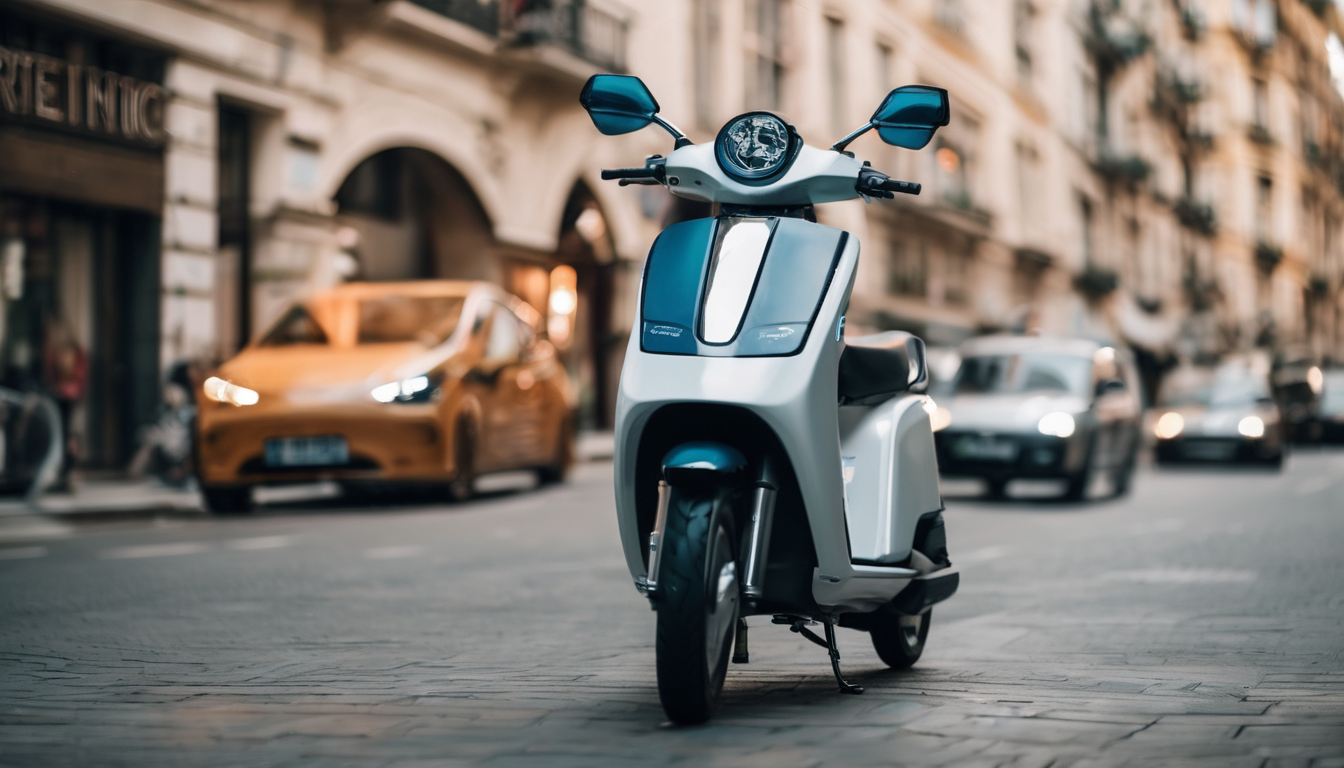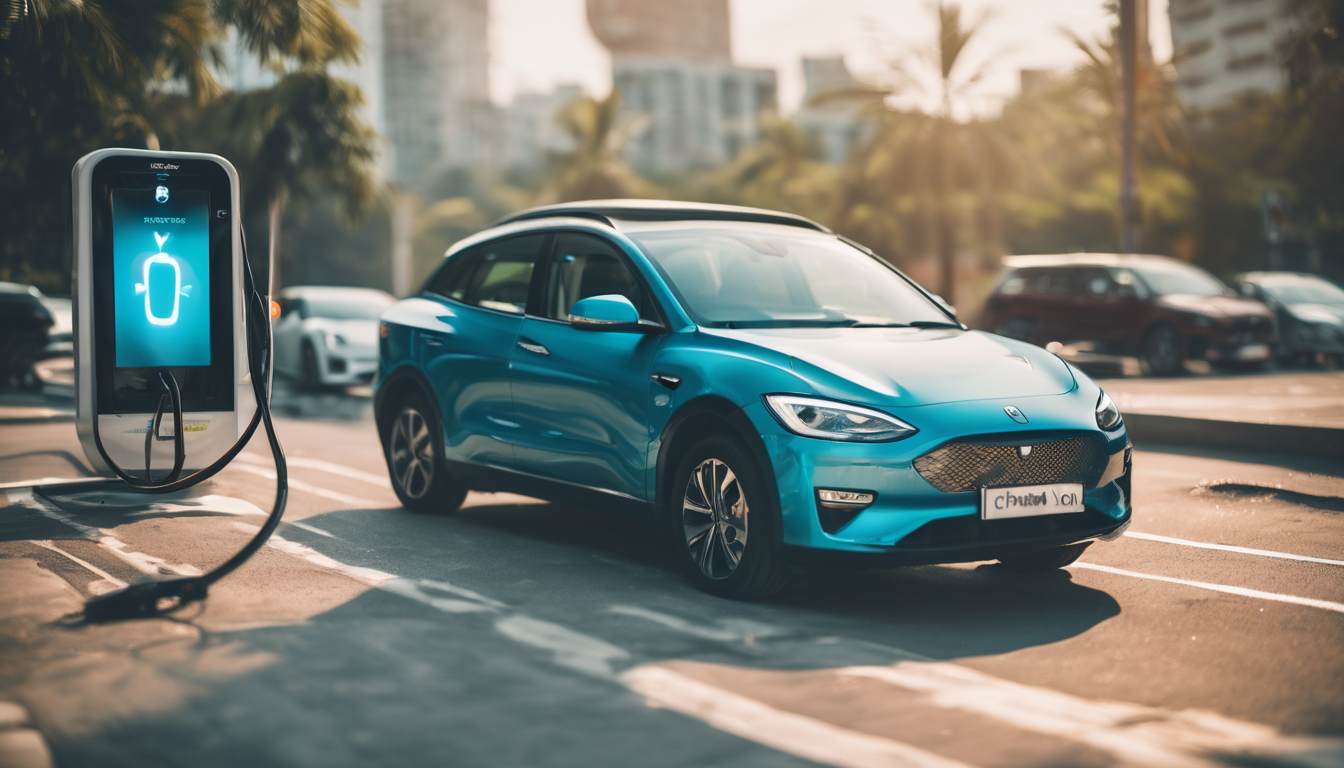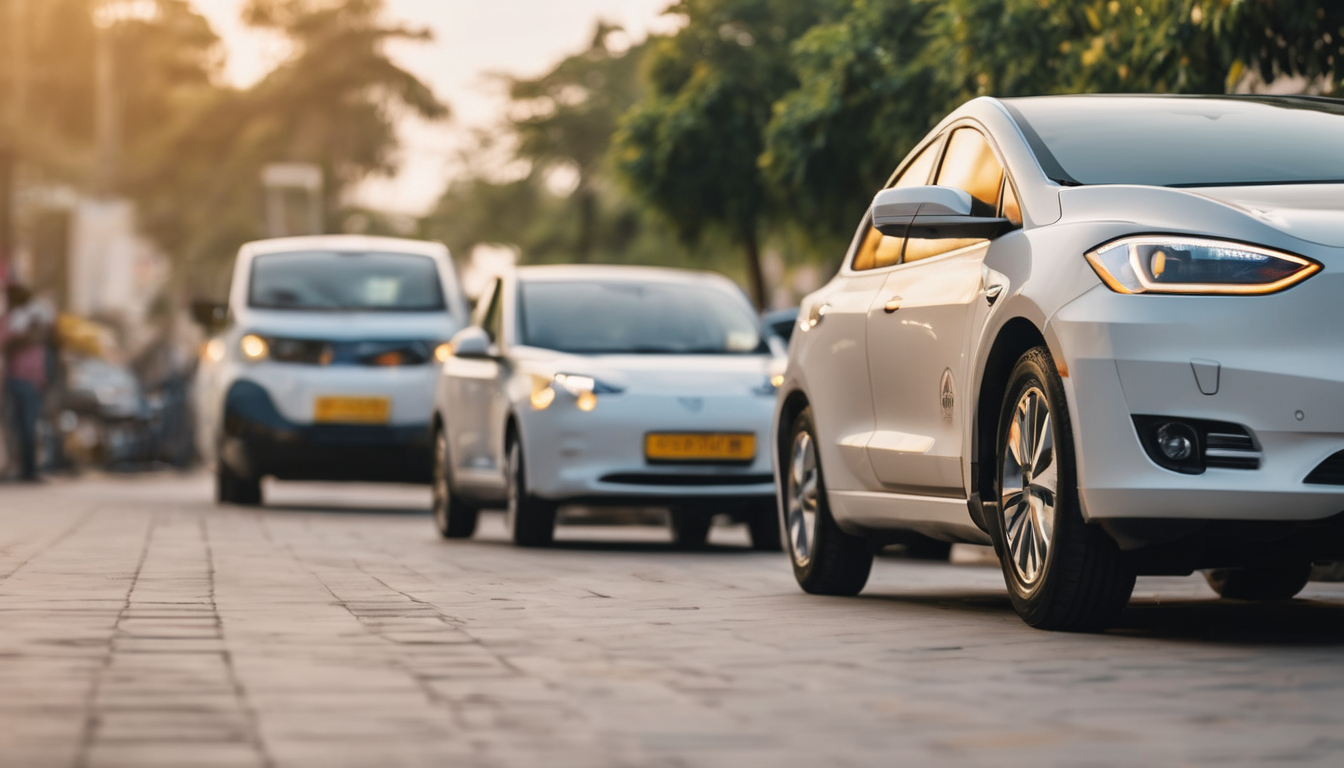Embracing the shift to green transportation, India’s electric vehicle (EV) market is surging ahead with offerings like Tata Nexon EV, Ola S1, and Ather 450X. One of the significant advantages of EV ownership is the lower maintenance cost. Let’s delve into why maintaining an EV is lighter on your wallet compared to their petrol counterparts.
The Magic of Fewer Moving Parts
Traditional petrol cars run on an internal combustion engine, which consists of hundreds of moving parts, including pistons, crankshaft, valves, and more. However, an electric vehicle, like the popular Tata Nexon EV, operates on an electric motor, which has fewer than 20 moving parts. Fewer parts mean less wear and tear, leading to lower maintenance and repair costs.
Service Schedules: Less is More
Since EVs have fewer mechanical components, their service schedules are less frequent compared to petrol cars. Most EVs, including the Ola S1 and Ather 450X, only require regular tyre rotation, brake fluid, and cabin air filter replacements. This simplicity translates to fewer visits to the service station, saving both time and money.
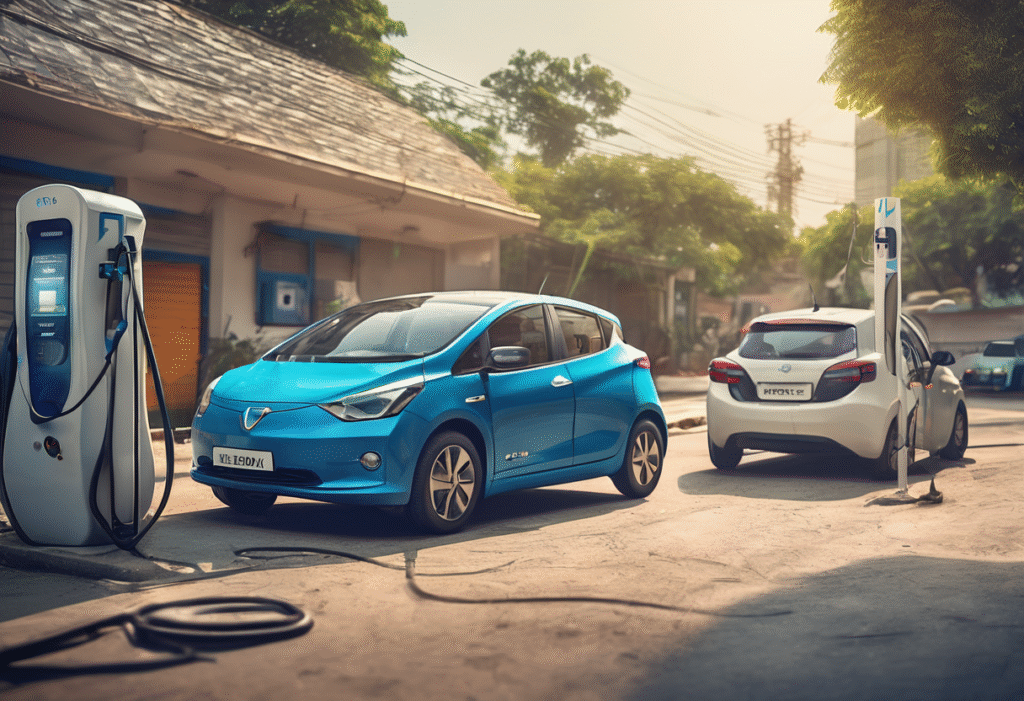
Brake Wear: The Advantage of Regenerative Braking
One of the unique features of electric vehicles is regenerative braking. When you apply the brakes in an EV, the electric motor works in reverse to slow the vehicle down, converting kinetic energy back into electric energy and storing it in the battery. This process reduces the reliance on traditional braking systems, resulting in less brake wear and thus lesser maintenance.
Software Updates: A Digital Edge
In contrast to petrol vehicles, electric vehicles often receive over-the-air software updates, similar to your smartphone. These updates can improve vehicle performance and even extend battery range. For instance, MG Comet EV owners can keep their cars up-to-date without any additional costs or trips to the service station.
Charging Infrastructure in India
The Indian government has been proactive in promoting the adoption of electric vehicles. Under the FAME II scheme, incentives are offered to build charging infrastructure across the country. This has led to a substantial increase in EV charging stations in India, making EVs a practical option for many.
FAQs About EV Maintenance in India
- Are EVs more expensive to maintain than petrol cars?
- Can EV software updates be done at home?
- How often do EV batteries need to be replaced?
No, EVs are generally cheaper to maintain due to fewer moving parts, less brake wear, and simpler service schedules.
Yes, many EVs receive over-the-air software updates that can be done from the comfort of your home, similar to smartphone updates.
Most EV manufacturers guarantee their batteries for 8-10 years. However, many EV batteries can last well beyond the warranty period with proper care.
In conclusion, if you’re considering making the switch to electric, the lower maintenance costs of EVs make them an attractive option. Check out the latest EV launches in the Indian market and take a step towards a more sustainable future. After all, going green doesn’t have to cost the earth.



